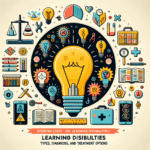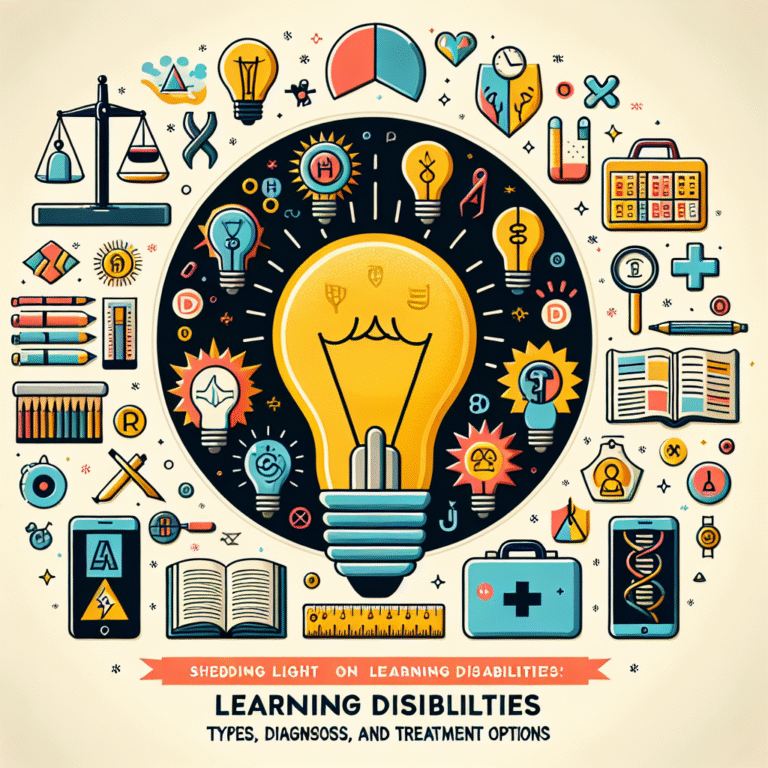
Introduction
The journey of life begins long before a baby takes its first breath. The intricate process from conception to birth is a remarkable saga of growth, transformation, and resilience. Understanding these stages not only deepens our appreciation for human development but also equips parents and caregivers with vital knowledge. From physiological changes to emotional shifts, every step in the prenatal journey plays a crucial role in shaping the future. This article, "From Conception to Birth: Unraveling the Stages of Prenatal Development," invites you to delve into this fascinating world, shedding light on each phase and its significance.
The Journey Begins: Conception
The initial stage of prenatal development begins at conception, a miracle in its own right. Conception occurs when a sperm cell penetrates an egg, resulting in fertilization and the formation of a zygote. This single-cell organism is the genesis of a new life, carrying a unique genetic blueprint from both parents.
Key Factors in Conception
Timing: The window of opportunity for conception is limited, often spanning only a few days within a woman’s menstrual cycle.
Health and Nutrition: Factors such as nutrition, lifestyle, and genetic predispositions play crucial roles in successful conception.
- Infertility Issues: Both partners’ fertility health is vital. Understanding common issues can help couples seek appropriate interventions.
Case Study: The Role of Nutrition in Conception
A study published in Fertility and Sterility highlighted the impact of a Mediterranean diet on fertility. Couples adhering to this diet showed improved chances of conception, illustrating the profound influence that lifestyle choices have on reproductive health.
Analysis: This case study underscores the significance of holistic approaches to conception, emphasizing that from the very start, choices can impact the prenatal journey.
The First Trimester: A Rapid Transformation
Once the zygote is formed, it travels down the fallopian tube and implants itself in the uterine wall, transitioning into an embryo. The first trimester is a critical phase characterized by rapid growth and organ development.
Developmental Milestones
Weeks 1-4: The embryo’s heart begins to form, and by week four, basic structures that will become the limbs, brain, and spinal cord start to emerge.
Weeks 5-8: Major organs begin to develop, and by the end of the eighth week, the embryo is technically referred to as a fetus.
- Common Symptoms: Mothers may experience morning sickness, fatigue, and emotional changes during this time.
Table: Key Developments in the First Trimester
| Week | Developmental Milestone | Maternal Symptoms |
|---|---|---|
| Week 1 | Fertilization and implantation | None (possibly mild cramping) |
| Week 4 | Heart formation | Fatigue, increased urination |
| Week 8 | Major organs formed | Morning sickness, emotional shifts |
The Second Trimester: Growth and Discovery
During the second trimester, which spans from weeks 13 to 26, growth becomes more noticeable. This phase is often considered the "golden period" of pregnancy, where many women feel more energetic and experience fewer symptoms.
Developmental Milestones
Weeks 13-16: The fetus starts developing facial features, and its limbs grow longer.
- Weeks 20-24: Quickening occurs—this marks the first movements felt by the mother.
Emotional and Physical Changes
Expecting mothers often report feelings of joy as they start showing and feeling their baby’s movements. Additionally, prenatal care becomes crucial during this stage, with routine check-ups to monitor fetal health, including ultrasound scans.
Case Study: Impact of Prenatal Care
A comprehensive review in The Journal of Maternal-Fetal & Neonatal Medicine found that regular prenatal check-ups significantly reduced the risk of preterm birth and low birth weight.
Analysis: This reinforces the importance of accessible and timely prenatal care, highlighting that proactive measures during the second trimester can lead to healthier outcomes.
The Third Trimester: Preparation for Birth
As the pregnancy nears its conclusion, the third trimester is a time of preparation and significant change. Spanning from weeks 27 to the onset of labor, this period is both exciting and daunting.
Developmental Milestones
Weeks 30-34: The fetus begins to gain weight, accumulating body fat. Most parts of its body are fully developed, and it enters a period of brain growth.
- Weeks 36-40: The fetus settles into a head-down position, preparing for birth.
Maternal Changes
The expecting mother may experience physical discomfort as her body prepares for labor. Common symptoms include back pain, swelling, and increased fatigue.
Table: Key Developments in the Third Trimester
| Week | Developmental Milestone | Maternal Symptoms |
|---|---|---|
| Week 27 | Fetal organs mature | Increased discomfort |
| Week 34 | Weight gain accelerates | Shortness of breath |
| Week 40 | Baby ready for birth | Braxton Hicks contractions |
The Birth Process: The Final Stage
As the pregnancy culminates, labor triggers the final stage of development—birth. This transition from the womb to the outside world is a complex and transformative process involving multiple physiological changes.
Stages of Labor
- Early Labor: Mild contractions begin; the cervix dilates slowly.
- Active Labor: Contractions become more intense, and the cervix dilates more rapidly.
- Transition Phase: This is often the most challenging phase where the cervix fully dilates.
- Delivery: The pushing stage, resulting in the birth of the baby.
Emotional and Physical Impact of Birth
The birth experience can be overwhelming yet joyous. Many parents experience a surge of emotions, from excitement to anxiety. Preparation through prenatal classes can empower parents, offering strategies for coping with labor and delivery.
Case Study: Birthing Methods
Research published in The New England Journal of Medicine noted that midwifery-led care resulted in fewer interventions and higher satisfaction rates among mothers compared to traditional hospital settings.
Analysis: This study emphasizes the value of informed choices in the birth process, showing that expecting parents can affect the overall birthing experience by choosing supportive care options.
Conclusion
The journey from conception to birth is filled with profound changes and developmental milestones that shape the foundation of human life. Understanding these stages not only enriches our appreciation of this process but also empowers parents to make informed choices that can positively impact their child’s future. As you embark on this journey, remember that every decision—from nutrition to prenatal care—matters.
Embrace the adventure of parenthood, and equip yourself with the knowledge that will guide you through this extraordinary time in your life.
FAQs
1. What are the earliest signs of pregnancy?
Early signs may include missed periods, nausea, fatigue, and frequent urination.
2. How can I improve my chances of conception?
Focusing on a balanced diet, maintaining a healthy weight, and reducing stress can significantly improve fertility.
3. What is the most critical trimester?
All three trimesters are vital, but the first trimester is crucial for organ development, while the third trimester prepares the body for birth.
4. When should I start prenatal care?
Ideally, prenatal care should start as soon as you confirm your pregnancy or even before conception if you’re planning to become pregnant.
5. How can I prepare for labor?
Participate in prenatal classes, create a birth plan, and practice relaxation techniques to help prepare for labor.
In summary, understanding "From Conception to Birth: Unraveling the Stages of Prenatal Development" is vital for expectant parents. It not only enriches the experience but also invites them to participate actively in nurturing their child’s future. Embrace each stage of the journey with curiosity and intention, knowing that every moment counts.

















